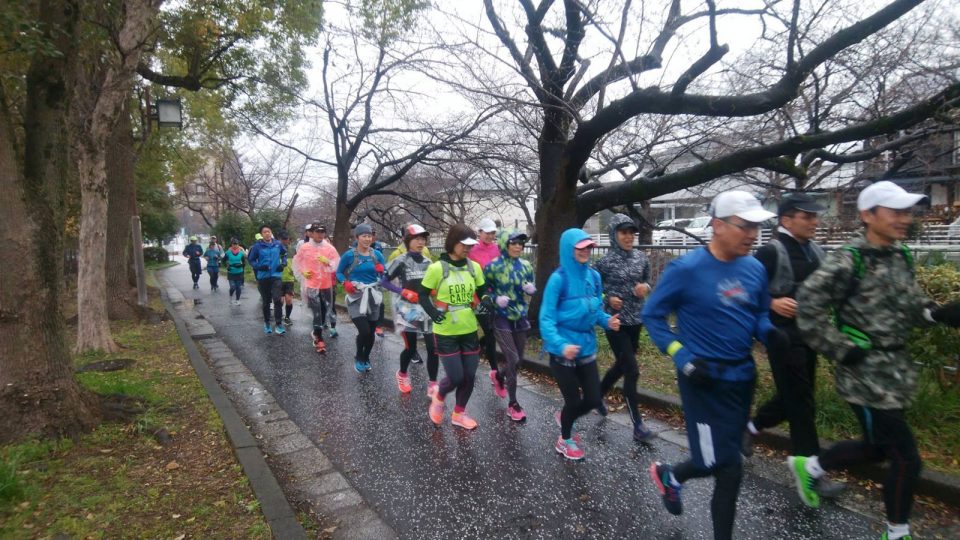Japan’s passion for running knows no bounds. The sport is adored by so many levels of society, there’s even a community of monks living on Mount Hiei who meditate by running! They’re so serious about their commitment they may run all night. And in any weather. Their objective? Keep going until their minds are devoid of awareness—so you might say that they run themselves into states of bliss.
If you’ve experienced similar euphoria rushes during a fulfilling run, you might want to know more about how these monks empty their minds to attain enlightenment.
Read author Clint Morrison’s “Running the Seven Continents” and then put yourself into the shoes (more likely sandals) of these holy monks by traveling to Japan for the 6th annual Hida Takayama Ultramarathon on 11th June 2017. No orange robes required!
Meet the Hida Takayama Ultramarathon All-stars
The 2016 Hida Ultra drew such large crowds, photos of runners progressing along narrow streets that make big Singapore marathon bottlenecks look tame prove that photos are worth a thousand words. Picture yourself part of this crowd, just as long as you don’t suffer from claustrophobia or agoraphobia.
Top 2016 finishers are likely to compete again this June, so seek them out to get tips on medaling before you join them for either the 71km or 100km. Yuko Kanemoto took her second 71km win despite coming in 12 minutes slower than the previous year, and although the men’s 71km winner Yoshitaka Taniguchi was 11 minutes slower, he too took first prize.
The 100km winners, Makiko Nakamura (wearing her signature heart-shaped sunglasses) shaved two minutes off her 2015 time and Mitutaka Imura overcame heat and hills to set his new PB. Inspired? Make it a point to introduce yourself once you arrive in Japan.
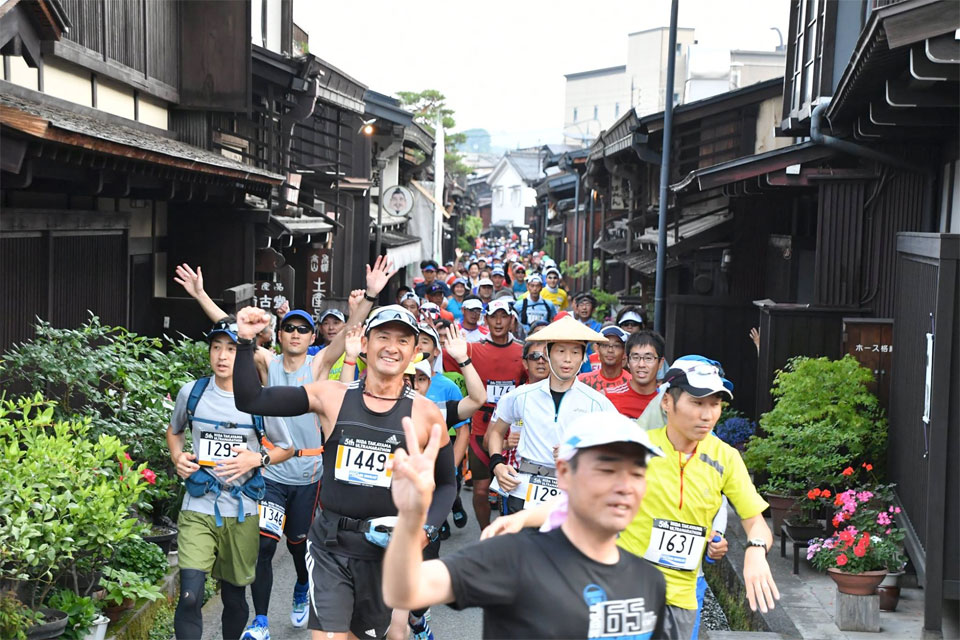
Register quickly so you’re not left out
Register with Spacebib early because both events are capped. Only 1,000 71km-slots are available and the 100km is closed to competitors once 2,300 runners register. Expect Japanese runners to snap up slots fast.
On race day, get to the start line early. Flag off for the 100km is at 4:45 a.m. while 71km competitors can sleep longer and show up at 5:15 a.m. Once you’re off and running, experience Old World Japan as you may only have imagined. See villages in the Takayama area declared World Heritage Sites.
Sprint by ancient buildings and spread out a bit when you reach passes between mountains. Ascend higher altitudes that include one killer 800m peak that drops runners into valleys at a dizzying pace. You’re up for this splendid scenery, right? It’s so beautiful in this region, you may want to practice your focusing skills so you’re not distracted.
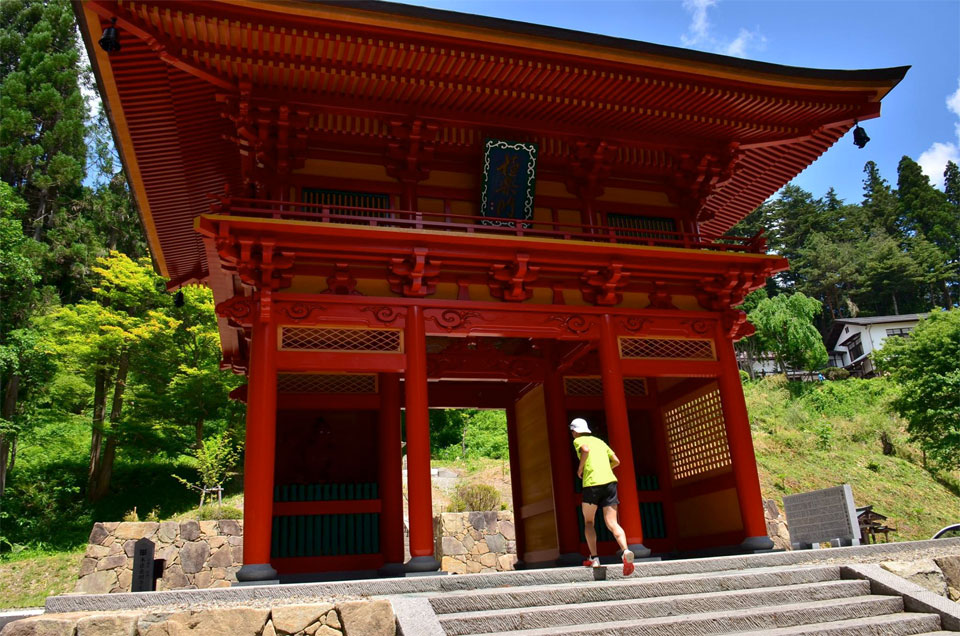
What you need to know
There is no check-in on race day due to early flag-off times, so attend to this on the previous day. Come prepared for weather fluctuations when you assemble your gear because while the air is cool and crisp in the early morning hours, temperatures usually rise by mid-afternoon. Expect to experience climatic changes at varying elevations, though clouds may cool things down as you progress along your route.
Men and women who opt for the 100km will start in two waves and have 14 hours to complete the course. Those who prefer the 71km run will have 11 hours to reach the finish line. Both the start and finish lines are located at the Hida Takayama Big Arena in Takayama City. Along the route, hydration stations are set up at 4km to 5km intervals so runners can refresh themselves accordingly.
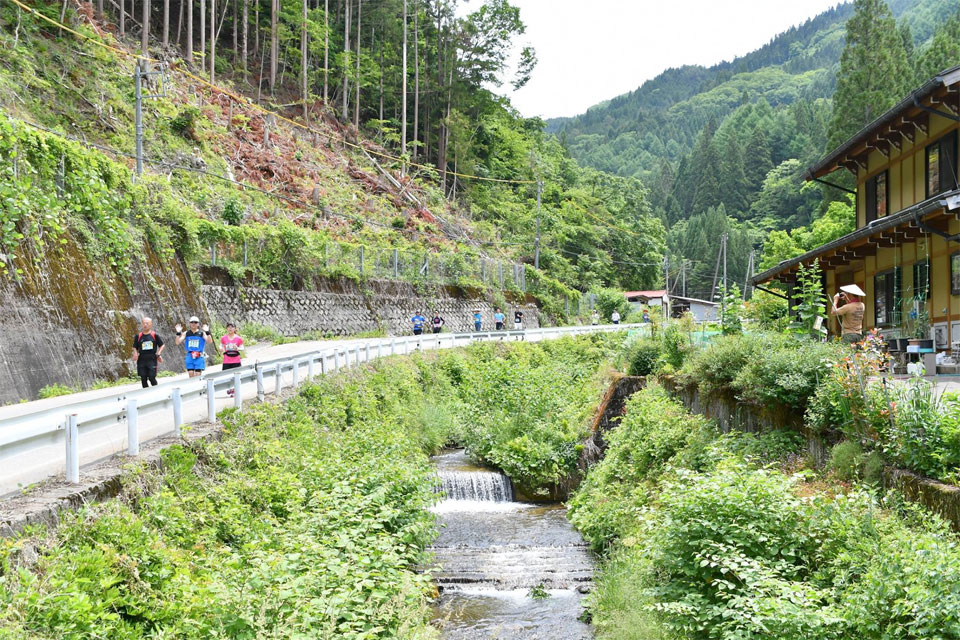
Additional details
Getting to and from the ultramarathon start line is easy as shuttle buses are booked and there are plenty of other public transportation options as well. Organisers publish a race guide and send copies to all registrants about three weeks before the race via email, so you’ve plenty of time to make arrangements. You can also show up at the English-language briefing scheduled at the Hida Takayama Big Arena at 3 p.m. on Saturday, 10th June.
Attend both the reception and awards ceremony, at which time competitors can socialize and pay tribute to this year’s winners–the six men and women in each division who have performed at the top of their games and everyone who finished! What will you take home as a reminder of your time in Japan? A beautifully-designed commemorative t-shirt, finisher’s medal, plenty of memories and the requisite number of selfies!
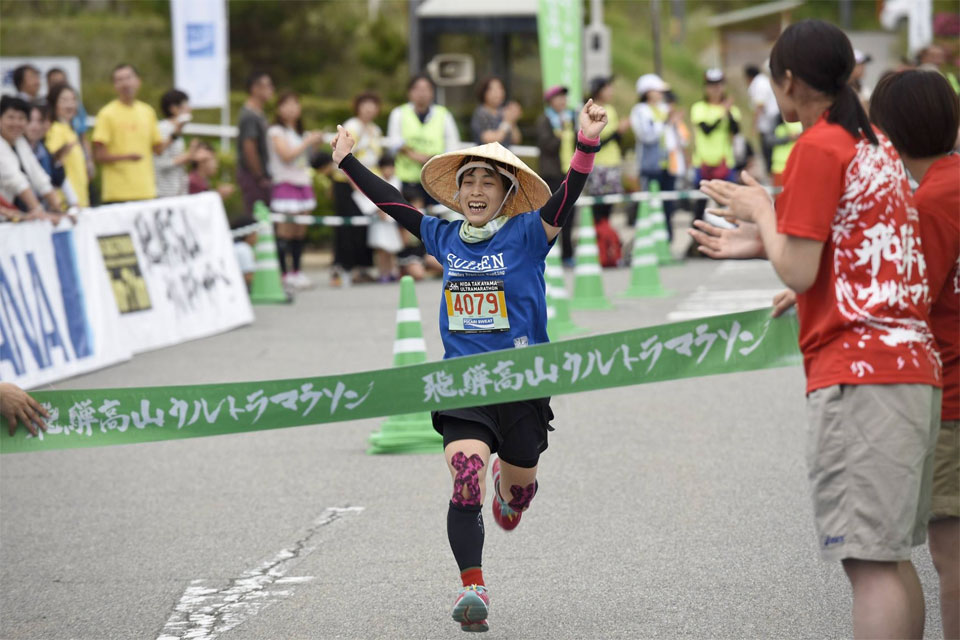
You must sleep well to run your best race
The number of charming inns, hotels and guest houses in the Takaymaya area is impressive, but remember that there are no skyscrapers with hundreds of rooms here, so as soon as you sort your registration and book airline tickets, it’s important to secure lodgings. We located nine accommodations near public transportation hubs for your consideration:
- The Hida Hotel Plaza: Enjoy spectacular mountain views from the rooftop spa, access free WiFi, relax in the heated swimming pool and choose from 7 dining options during your stay.
- Guest House Ouka: Less luxurious and smaller, but comfortable and convenient. Guests enjoy complementary WiFi and air conditioning or heating in season. There is a charge for towels if you stay here.
- Ryokan Takayama: Relish authentic Japanese hospitality at this inn where accommodations mix old-style cozy with free lobby WiFi access and public baths.
- Ryokan Asunaro: This intimate guest house has a limited number of rooms with free WiFi and separate seating areas. The public bath is fed by natural hot springs. Women borrow free yukata robes during their stay.
- Ayun Takayama Central Hotel: If you must stay in touch with the world, this is your lodging. Every room features a flat-screen TV with pay-per-view channels, WiFi–and complimentary coffee to get you through time zone changes.
- Roykan Kaminaka: This inn has been designated a “cultural asset” by Japan because it represents centuries-old Japanese hospitality and amenities that include public baths and multi-course Kaiseki dinners.
- Hotel Hana: Rooms are clean, simple and include flat screen TVs with video-on-demand plus free WiFi access. This hotel is situated behind the Hida Kokubunji Temple so you’re close to a local landmark.
- Minshuku Kuwataniya: Find variety here by choosing between western- and Japanese-style rooms. Spacious public hot-springs baths, flat screen TVs and free bicycle rentals make this lodging unique.
- Hodakaso Yamano Iori: This is another traditionally-styled Japanese inn with expansive public baths and close proximity to Old Town. Dine on traditional meals that feature beef and fresh seafood, too.
How important is the welcome you receive from hosts when you run abroad? Have you ever had an experience that was so bad, you wouldn’t return to that location under any circumstances?



